Assessing indoor air circulation in modern sealed condominiums requires looking beyond surface aesthetics to evaluate how effectively air moves throughout living spaces. While touring a Penrith Showflat or any potential home, buyers often focus on visual elements like finishes and layout while overlooking the invisible yet crucial air quality dynamics that affect daily comfort and health. Modern energy-efficient buildings with tightly sealed exteriors can trap pollutants, moisture, and odours unless proper ventilation systems ensure consistent air exchange.
Mechanical system inspection
The heart of indoor air circulation lies in the mechanical ventilation systems installed throughout the building. Examine whether individual units have dedicated fresh air intakes or rely solely on building-wide systems. Look for evidence of regular maintenance like clean filters, dust-free vents, and properly functioning fans. Quality systems should operate quietly while moving noticeable volumes of air. Ask about system specifications, particularly air changes per hour (ACH) rates, indicating how frequently the air volume gets replaced. High-performance buildings typically achieve 0.35 ACH or higher, though rates vary depending on climate zone and building codes.
Air flow indicators
- Even temperature distribution throughout rooms
- Absence of musty or stagnant odours in corners
- Low humidity levels after showering or cooking
- Minimal dust accumulation on horizontal surfaces
- Windows that don’t show excessive condensation
These observable clues reveal much about air movement patterns within units. During property visits, pay attention to temperature consistency as you walk through different areas—significant variations often indicate air circulation problems. Check corners and spaces behind doors for stuffiness that suggests dead zones where air stagnates. If possible, visit during different weather conditions, as some ventilation issues only emerge during specific temperature or humidity scenarios. Buildings with adequate air circulation maintain consistent comfort throughout all seasons without excessive fan noise or draft sensations.
Cross-ventilation potential
Natural airflow remains valuable even in buildings with mechanical ventilation. Units with windows on multiple exposures or opposing walls allow refreshing cross-ventilation that mechanical systems cannot replicate. Note window placement and whether their configuration allows air to move freely when opened. Corner units generally offer superior natural ventilation options to middle units with single-sided exposure. Also, evaluate window styles—casement and awning types typically provide better airflow control than single-hung windows. Some modern buildings incorporate passive ventilation features that harness natural convection currents to enhance air movement without mechanical assistance.
Building envelope quality
- Proper air sealing around all exterior penetrations
- Balanced pressure relationships between adjacent spaces
- Filtration systems to capture outdoor pollutants
- Moisture barriers that prevent condensation within walls
- Acoustic isolation that doesn’t compromise ventilation
Building envelope design dramatically impacts indoor air quality and circulation patterns. Well-designed buildings maintain a careful balance, sealing against outdoor pollutants and weather while providing controlled fresh air pathways. Check whether exterior walls include dedicated ventilation ports or recovery systems that allow air exchange without energy loss. Ask about building pressurisation strategies that prevent uncontrolled air infiltration between units, which can introduce cooking odours or other unwanted contaminants from neighbouring spaces.
Quality indoor air circulation is an essential component of condo livability that many buyers overlook until moving in. During property evaluation, ask specific questions about ventilation systems, maintenance schedules, and air quality monitoring.

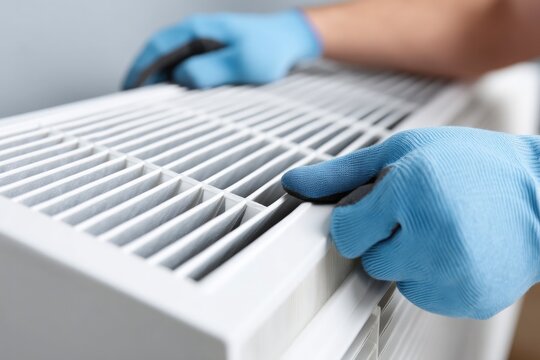
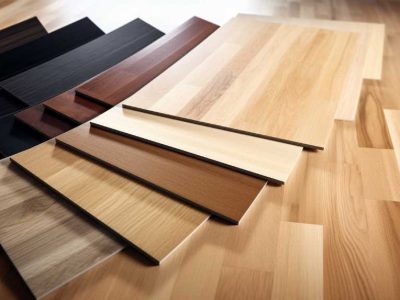
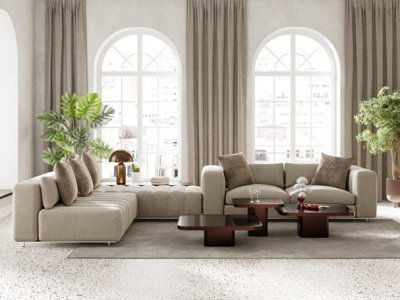
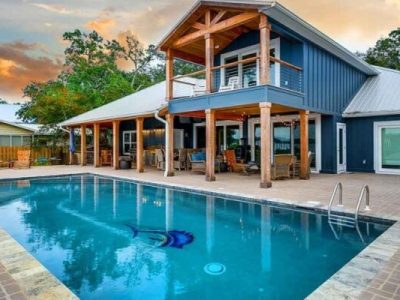
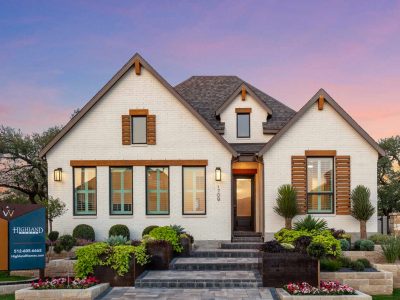
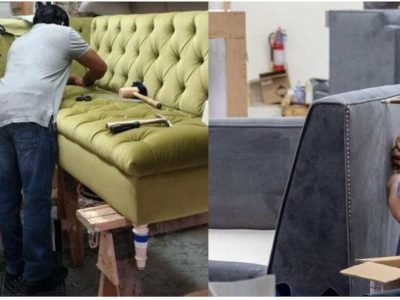
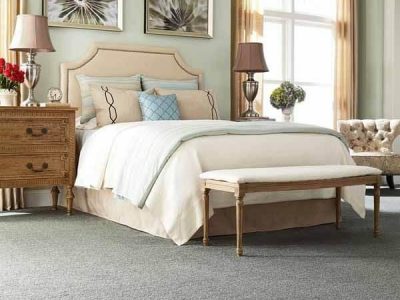
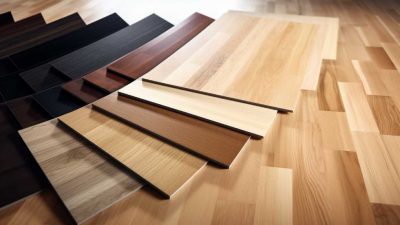

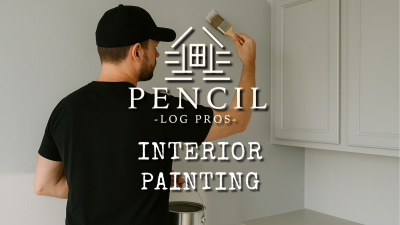
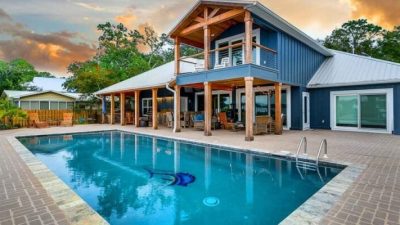

Comments